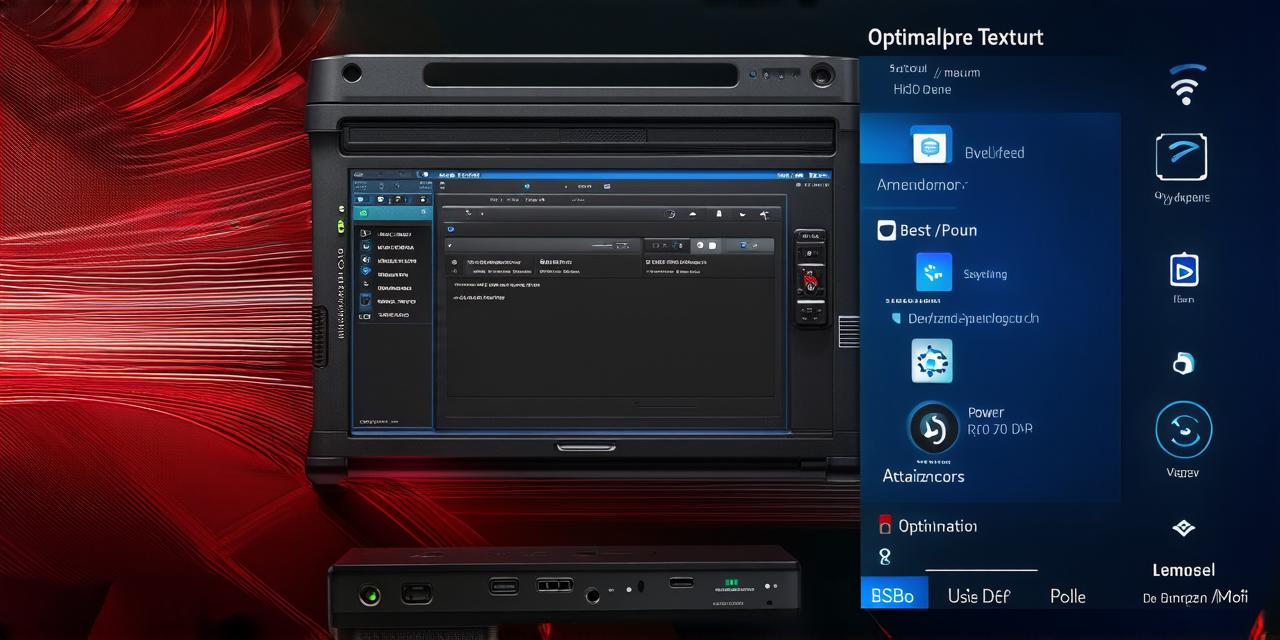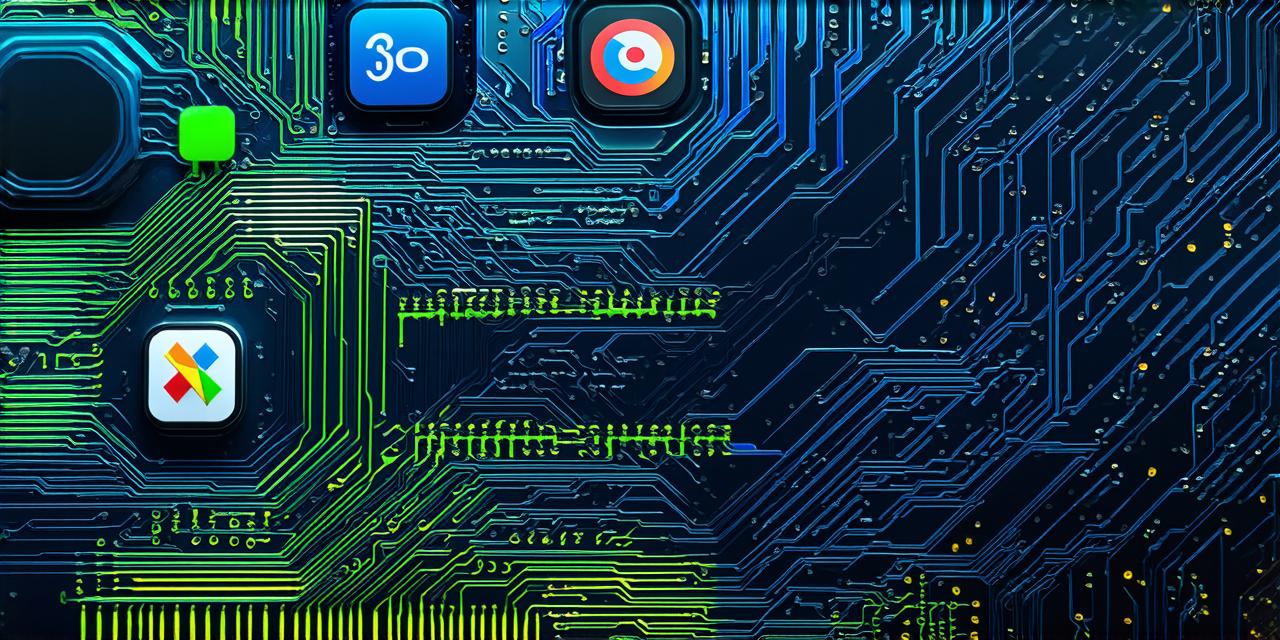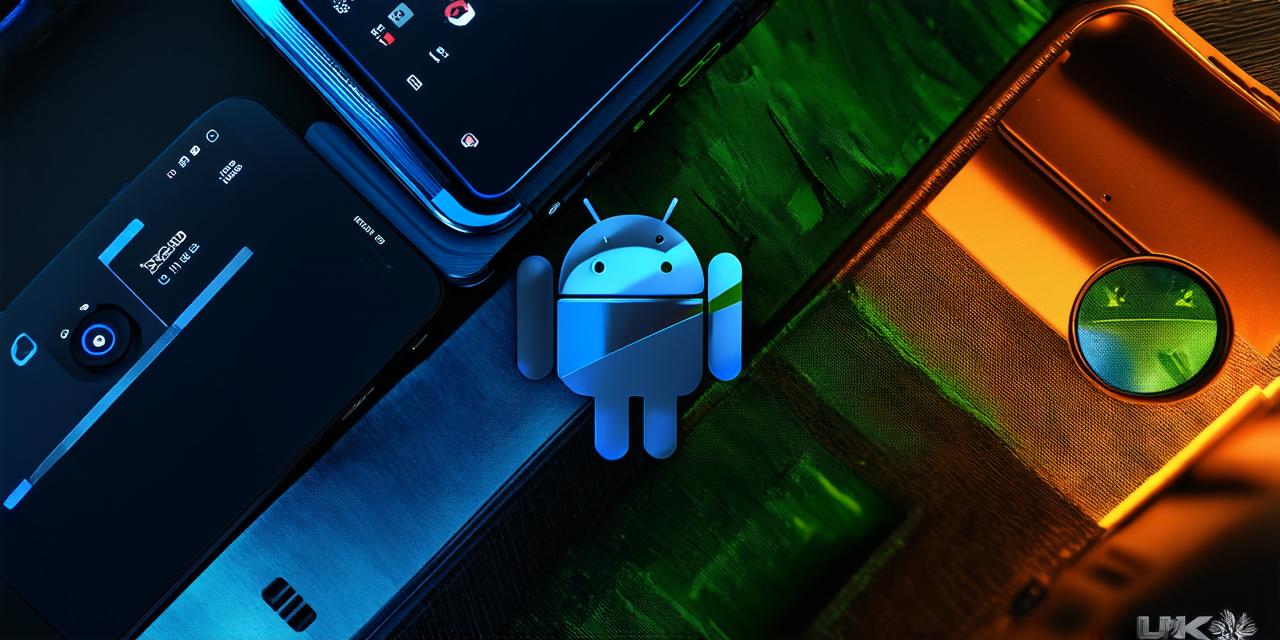Optimal Settings for Developer Options on Your Android Device: A Guide to Boosting Performance and Productivity
1. How to Access Developer Options
Before we can start making adjustments to your device’s settings, you need to know how to access Developer Options. This feature is not enabled by default on most Android devices, so you will need to enable it first. Here are the steps to do so:
- Go to Settings on your device.
- Scroll down and tap on “About phone” or “About tablet”, depending on the type of device you have.
- Tap on “Build number” several times until you see a message that says “You are now a developer!”
- Go back to Settings and tap on “Developer options”.
2. Adjusting Display Settings
One of the most important settings you can tweak in Android’s Developer Options is the display settings. By default, your device will use the auto-adjust setting for brightness and color balance, which may not always be optimal for gaming. Here are some adjustments you can make to improve your gaming experience:
- Adjust screen timeout: If your device automatically turns off after a certain amount of time, this can be frustrating when you’re in the middle of a game. You can adjust the screen timeout setting to keep your device on longer.
- Adjust brightness and color balance: By default, your device will use the auto-adjust setting for brightness and color balance, which may not always be optimal for gaming. You can manually adjust these settings to get the best possible performance.
3. Adjusting Performance Settings
Another important set of settings in Android’s Developer Options are the performance settings. These settings can help improve your device’s speed and stability, which can be especially important when running games that require a lot of processing power. Here are some adjustments you can make:
- Adjust animation speed: By default, Android will set the animation speed to “normal”, but you can adjust this setting to make animations run faster or slower. This can be useful if you want to speed up certain actions in your game.
- Disable hardware acceleration: If your device is running low on memory, disabling hardware acceleration can help free up more RAM for other tasks. However, this can also slow down your device’s performance, so it’s generally not recommended unless you have a good reason to do so.
4. Adjusting Sound Settings
The sound settings in Android’s Developer Options can also be tweaked to improve your gaming experience. Here are some adjustments you can make:
- Adjust audio focus: If your game requires a lot of audio cues, you may want to set the audio focus to “balanced” instead of “bluetooth”. This will ensure that your device’s speakers and headphones both get equal priority when it comes to sound output.
- Adjust audio quality: By default, Android will use the highest-quality audio available on your device. However, you can adjust this setting to prioritize other factors, such as battery life or noise reduction.
5. Adjusting Storage Settings
The storage settings in Android’s Developer Options can also be tweaked to improve your gaming experience. Here are some adjustments you can make:
- Enable write-ahead log: This setting helps to optimize the way your device writes data to its storage, which can help improve performance and reduce lag.
- Disable caching of images and videos: If your device is running low on memory, disabling caching of images and videos can help free up more space for other apps. However, this can also slow down your device’s performance, so it’s generally not recommended unless you have a good reason to do so.
6. Adjusting Battery Settings
Finally, the battery settings in Android’s Developer Options can be tweaked to help your device last longer while running games. Here are some adjustments you can make:
- Adjust screen timeout: If your device automatically turns off after a certain amount of time, this can be frustrating when you’re in the middle of a game. You can adjust the screen timeout setting to keep your device on longer.
- Disable hibernation: If you don’t plan on using your device for a while, disabling hibernation can help save battery life. Hibernation is a feature that puts your device into a low-power mode when it’s not in use, which can be useful if you need to conserve power. However, it can also slow down your device’s performance when it wakes up again.
7. Final Thoughts
By adjusting the various settings in Android’s Developer Options, you can optimize your device for maximum performance and productivity. Whether you’re an experienced developer or just starting out, these tips will help you get the most out of your Android device when running games. So go ahead and give these settings a try and see if they make a difference in your gaming experience!
FAQs:
* Q: What is Developer Options?
A: Developer Options is a feature in Android’s settings menu that allows developers to access advanced settings and customization options.
* Q: How do I enable Developer Options on my device?
A: To enable Developer Options, go to Settings on your device, scroll down and tap on “About phone” or “About tablet”, then tap on “Build number” several times until you see a message that says “You are now a developer!” Then go back to Settings and tap on “Developer options”.
* Q: What are the best settings for gaming on an Android device?
A: The best settings for gaming on an Android device will depend on your specific device and game. However, some general adjustments you can make include adjusting brightness and color balance, disabling hardware acceleration, and enabling write-ahead log. You should also try to keep your device’s storage free of unnecessary files and apps.



